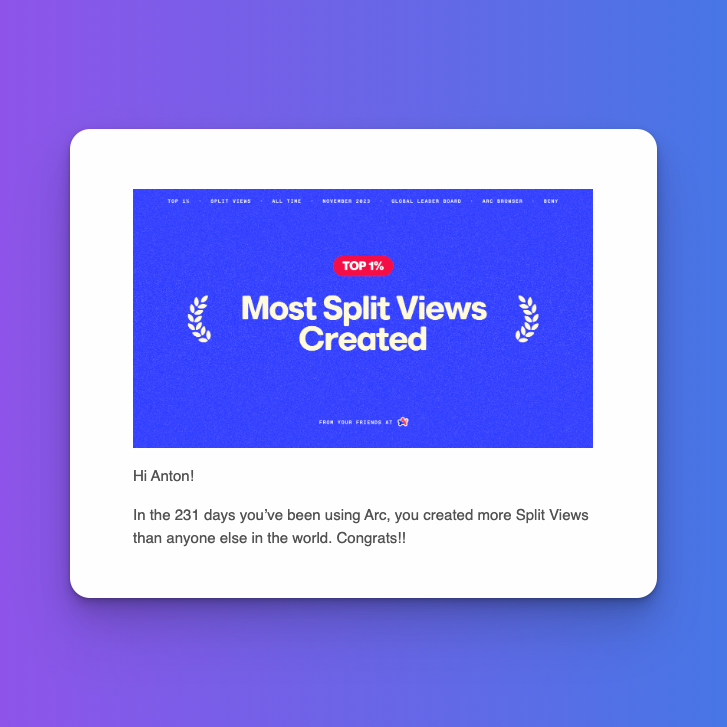Resume tips for optimizing your resume for Web3 platforms
By following these tips and using the correct tools, you can create a Web3 resume to impress employers and make you stand out in the job search process.
Below are some tips and examples to consider when creating your Web3 resume:
- Make sure your resume is concise. This doesn’t mean it needs to be short, but each line should communicate the content without being overly verbose or cluttered.
- Include a summary section. This should briefly overview your professional experience, relevant skills, and qualifications.
- Add a section about your work and level of experience that are pertinent to the job you’re applying for.
- Incorporate visuals such as charts or photos to break up text and add visual interest.
- Utilize hyperlinks to direct potential employers to other places on the web that can provide more in-depth information about you.
- Include trigger words to help employers quickly identify critical skills and accomplishments. You also need to demonstrate your passion.
- Optimize your resume for search engines by using keywords related to the position you’re applying for. This shows you know what you want and what you are doing.
- Make sure your contact information is prominent and up-to-date.
- Proofread and edit before publishing to ensure accuracy.
Best practices for using SEO when creating a Web3 resume
Crafting an effective Web3 resume requires a good knowledge of modern tech tools, including search engine optimization (SEO). This intelligent approach to content creation allows job seekers to increase their visibility and be seen when recruiters are looking for talent.
To ensure the maximum success of a Web3 resume, it is essential to adhere to best practices for SEO. This includes writing unique, engaging content optimized with keywords, utilizing appropriate URLs and file names, creating links between pages, optimizing page titles for findability, establishing a standout meta description that accurately reflects the page’s content, and providing quality writing throughout with no spelling or grammar mistakes.
Moreover, SEO is a process that requires constant review and adaptation to changing trends to remain relevant. It is crucial to stay up-to-date with the latest technologies, industry standards, and innovative strategies to get the most out of web3 resume optimization.

Using social media to promote and share your Web3 resume
With advances in technology, career paths have shifted to Web3 jobs. To create career opportunities in this space, learning strategies to promote and share your web3 resume is important. One of the most powerful tools to do this is social media.
Social media can showcase skills and achievements, highlight career milestones, and build personal networks around career fields related to Web3 jobs. Social media is an effective tool to promote and share your career roadmap in Web3 positions. The key to using social media effectively is ensuring prospects know who, what, when, and why you’re doing it. Start by setting up career-focused accounts with the relevant platforms, build a strong profile, and share relevant career content.
Not only does this assist with sharing your career roadmap on a larger scale, but it also increases the probability of getting invited for interviews in these jobs.
Additionally, connecting with other professionals from the same career field online allows individuals to gain further insights into industry trends and increase their chances of being hired for such roles.
Posting job openings and career advice can help start the conversation, creating an effective way for recruiters to find you. Leverage these platforms for discussions with potential employers; for example, post questions about a career or project that requires feedback from experienced professionals or host informal interviews with industry experts. This will help opportunities come to you quickly as people see that you understand Web3 jobs and have the expertise in this domain.
